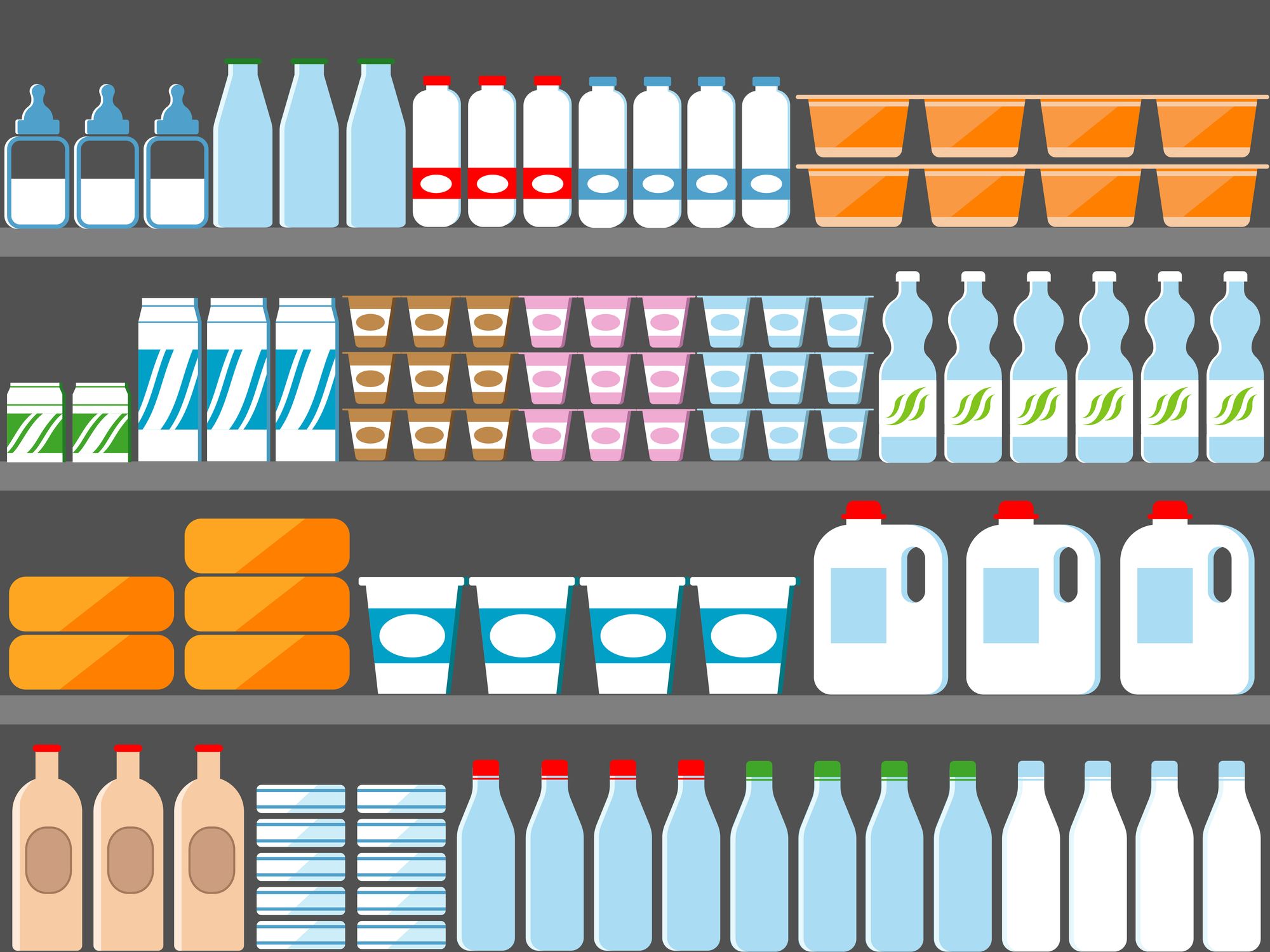
🎓 Definition
The Range Width, Depth, and Breadth, supported by the CDT (Customer Decision Tree), define the outlook of the range and how it should be perceived by Shoppers. The Assortment Structure builds on this and defines:
- Number of SKUs
- Number of Brands
- Number of Product Types (Private Label, Exclusive Items, Import Items, Local Items…)
The assortment structure needs to simultaneously support the positioning of the Retail brand, support the mission of the store format, and deliver enough profitability for the business model.
An Assortment Structure is only valid for one type of Store. The more precise the Assortment Structure is, the more accurate the offer for the Shopper is, and the easier the work for the Category Manager is. Knowing the Assortment structure is a clear advantage for any supplier.
🧪 Example of Assortment Structure
At a Premium beauty store, the hair care section comprises 150 SKUs across 5 brands. They offer product types such as private labels, exclusive collaborations, imported serums, and locally sourced organic items. This structure, tailored for high-end urban shoppers, ensures brand positioning, aligns with the store's luxury mission, and optimizes profitability.
❓What is used for
- Enhanced Store Layout and Visual Merchandising: Knowing the assortment structure aids in designing a store layout that highlights key product categories, brands, or types, enhancing the visual appeal and flow of the shopping environment.
- Market Differentiation: A Retailer can distinguish themselves in a crowded market through a unique assortment structure, attracting specific customer segments and building loyalty.
- Consistent Store Image: By adhering to a structured assortment that supports the store's mission and format, Retailers can present a consistent image and shopping experience across all outlets or branches.
- Streamlined Decision-Making for Category Managers: A well-defined assortment structure provides category managers with a roadmap for product selection, promotion, and discontinuation. It simplifies their decision-making process and ensures alignment with the store's overall strategy.
- Easier Supplier Negotiations: Suppliers, armed with knowledge of the Retailer's assortment structure, can tailor their offerings, promotions, and negotiations more effectively, leading to mutually beneficial agreements.
How is the Assortment Structure determined or developed?
The development of an Assortment Structure involves a strategic process that takes into account various factors such as the target customer demographics, store format mission, and business profitability goals. Retailers typically conduct market research, analyze sales data, and consider customer preferences to determine the optimal number of SKUs, brands, and product types to include. This process often involves collaboration between category managers, merchandising teams, and sometimes even suppliers to ensure alignment with the overall store strategy and customer needs.
Can an Assortment Structure be adjusted or modified over time?
Yes, an Assortment Structure is not set in stone and can be adjusted or modified based on changing market trends, customer preferences, and business needs. Retailers often review and update their Assortment Structures periodically to ensure they remain relevant and competitive. This flexibility allows retailers to adapt to new product innovations, seasonal trends, and shifts in consumer demand, ensuring that the assortment continues to meet the needs and expectations of shoppers.
How does technology or data analytics play a role in shaping the Assortment Structure?
Technology and data analytics play a crucial role in shaping the Assortment Structure by providing retailers with valuable insights and information to make informed decisions. Advanced analytics tools can analyze sales data, customer buying behavior, and market trends to identify opportunities for product assortment optimization. Retailers also leverage technology to forecast demand, manage inventory levels, and track the performance of different product categories. By integrating technology and data-driven approaches, retailers can refine their Assortment Structures more effectively, ensuring a more targeted and profitable product offering for their customers.
• Range Structure
• Display guidelines
• Range Review Process